AS9100-C Control of Production-Service Processes Procedure Template Word
The AS9100-C Control of Production-Service Processes Procedure Template Word is a comprehensive document that outlines the requirements for controlling production and service processes in the aerospace industry. This template is designed to help organizations comply with the AS9100-C standard, which is a quality management system specifically developed for the aerospace industry.
The template includes detailed instructions on how to establish, implement, and maintain a control of production-service processes procedure. It covers all aspects of the process, including planning, design, development, production, and service. The template also includes guidelines for monitoring and measuring the effectiveness of the procedure, as well as for making improvements where necessary.
Using this template can help organizations ensure that their production and service processes are consistent, efficient, and effective. It can also help them meet the requirements of the AS9100-C standard, which is essential for doing business in the aerospace industry.
The AS9100-C Control of Production-Service Processes Procedure Template Word is easy to use and can be customized to meet the specific needs of any organization. It is available for immediate download and can be used as a standalone document or as part of a larger quality management system.
Overall, the AS9100-C Control of Production-Service Processes Procedure Template Word is an essential tool for any organization operating in the aerospace industry. It can help them improve their processes, meet industry standards, and ultimately deliver better products and services to their customers.
Control of Production-Service Processes Procedure AS9100
The Control of Production-Service Processes Procedure AS9100 delineates the quality process used to monitor, verify, and control the company’s realization processes. The procedure applies to all company production processes and personnel involved with those processes. (6 pages, 1226 words)
Control of Production-Service Processes Responsibilities:
The Engineering Manager is responsible for establishing procedures for documentation and control of the company’s production processes, including all changes to those processes. The Engineering Manager is also responsible for validation and verification of all production equipment, tools, controls and software prior to use and periodically thereafter.
The Manufacturing Manager is responsible for developing appropriate training programs to train operators and mechanics to operate and maintain new or modified process/production equipment.
The Quality Assurance Manager is responsible for identifying and gaining acceptance for changes that require customer and/or regulatory approval in accordance with contract terms or regulations. The Quality Assurance Manager is also responsible for monitoring and reviewing production processes and inspections.
Production Manager is responsible for carrying out processes in accordance with stated requirements and for identifying nonconforming equipment due to failure, damage, or wear during operation.
Production Maintenance is responsible for preventive inspection and maintenance of production equipment (machines, tools, gauges, etc.) according to schedules established by the manufacturer(s).
Control of Production-Service Processes Definitions:
Foreign object detection (FOD) – Discovering a foreign object (one that does not belong) in a part, component, product, etc.; a requirement of AS9100 clause 7.5.1(i). May be done at any stage of production, using various detection methods/tools (e.g., x-ray, ultrasound).
First Article Inspection (FAI) – is used anytime there is a design change, manufacturing process change, or other significant change such as the first time an article is produced (See SAE AS9102 Aerospace First Article Inspection Requirement for more details).
Guideline – Recommended approach, parameter, etc., for conducting an activity or task, utilizing a product, etc.; document used to communicate the recommended procedure, approach, parameter, or practice.
Key characteristic – Feature of a material, part, or process, the variation of which will significantly influence the product’s fit, performance, service life, or manufacturability. Key characteristics essential to meeting product goals (e.g., minimum/maximum payload) are identified so that the company can focus limited resources on those items.
Special process – Process used in the production of items whose quality cannot be fully verified later by nondestructive inspection. Examples of special process items include welding, soldering, heat treating or plating metal, forming plastic, baking foods, writing software, or writing a legal document.
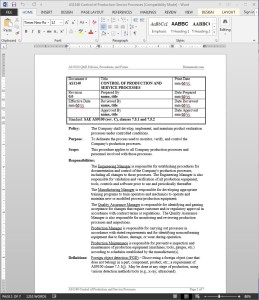 Control of Production-Service Processes Procedure AS9100 Activities
Control of Production-Service Processes Procedure AS9100 Activities
- Control of Production/Service-General
- Production Documentation
- Control of Transferred Production
- Controlling Production Tools and Equipment
- Controlling Aerospace Services
- Validation of Special Processes


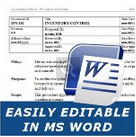
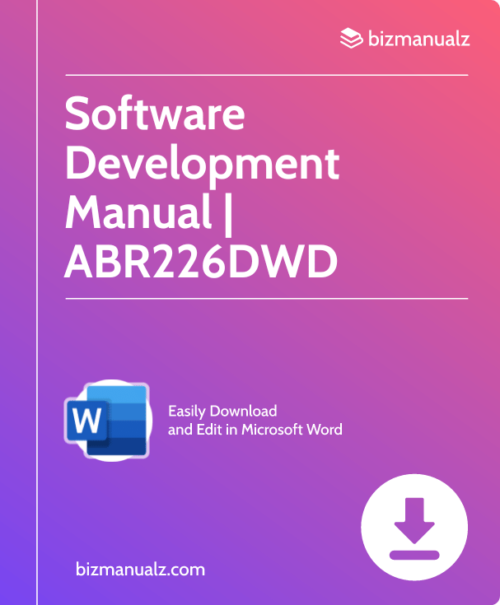
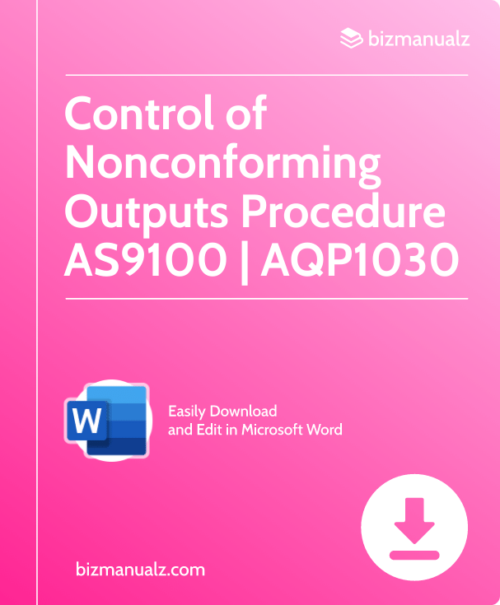
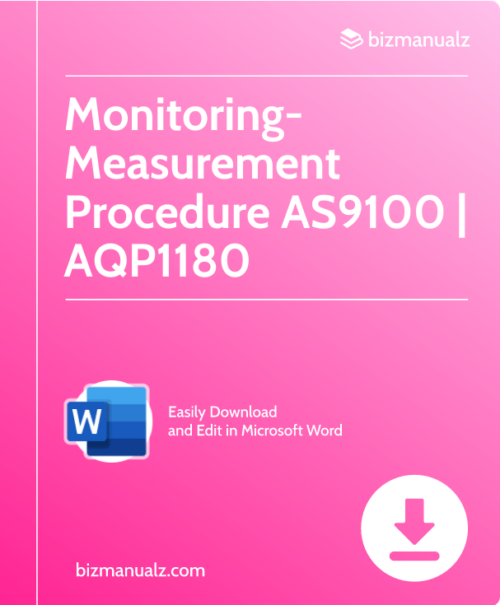
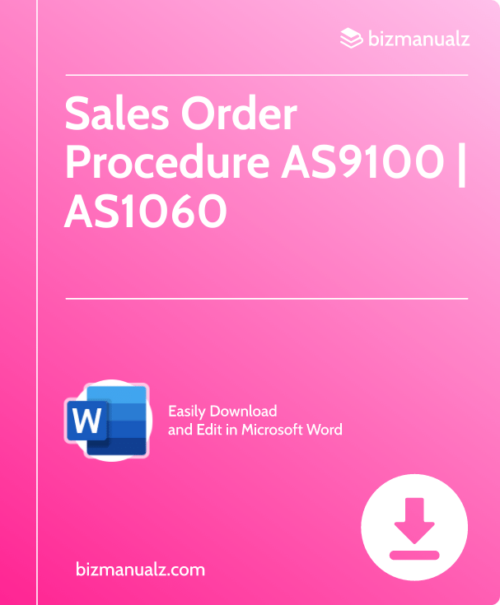













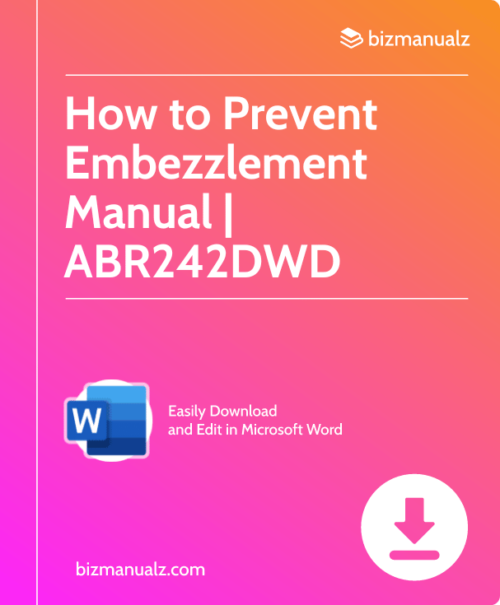
Reviews
There are no reviews yet.